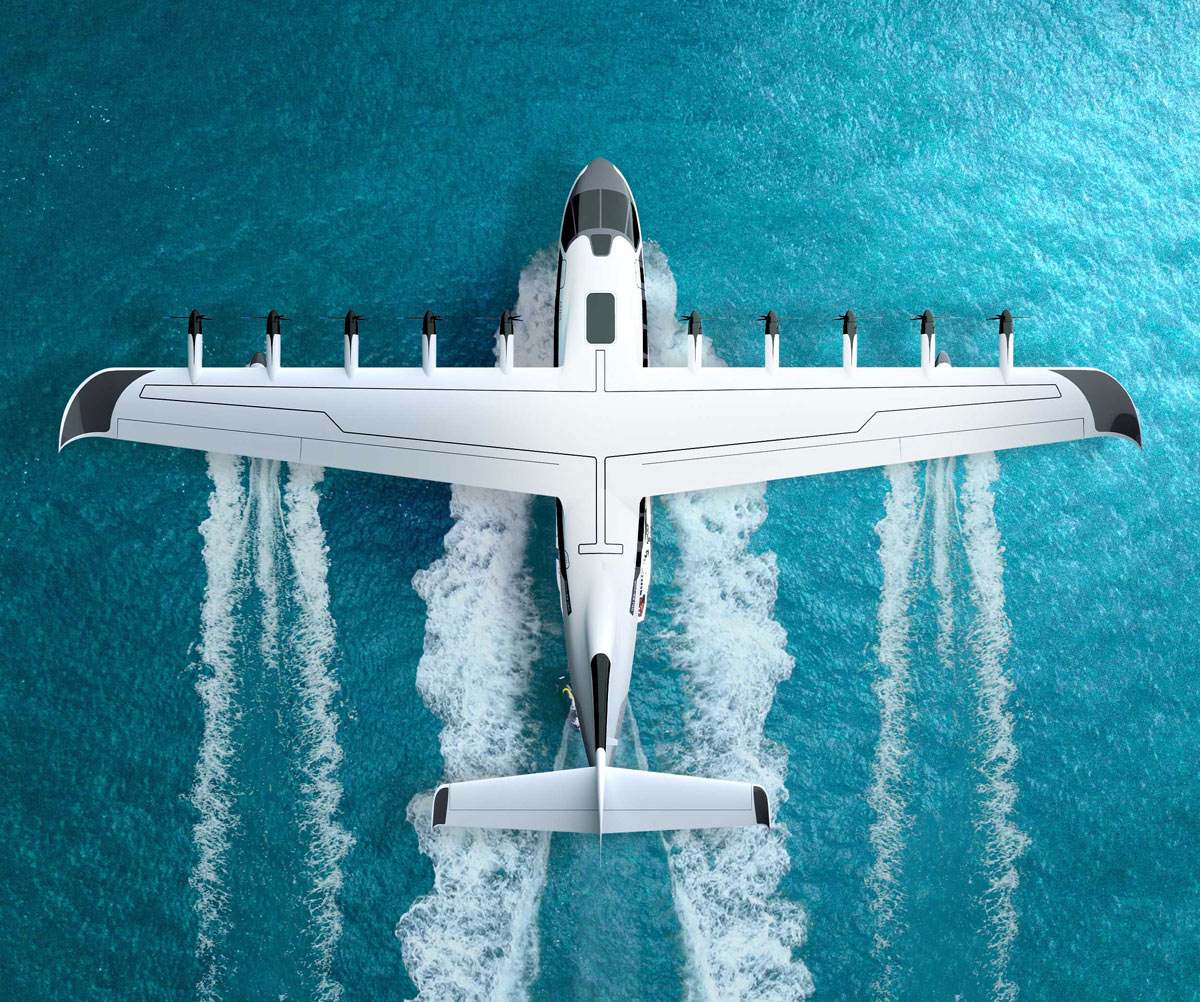New research from Jekta, the Switzerland-based manufacturer, has identified regions where strong operating economics deliver real potential for bringing affordable, accessible regional air mobility to populations otherwise denied it through lack of infrastructure and high cost. Dubbed The Jekta Factor, the coefficient shows how variations in electricity cost are fundamental to the viability of all-electric aircraft, and demonstrates the OEM’s ground-breaking efforts in defining the next era in amphibious aviation through the identification of optimal operating regions, infrastructure and markets.

Based on sound market analysis, The Jekta Factor compares the cost of specific hourly electricity consumption for Jekta’s PHA-ZE 100 amphibious electric flying boat, compared with specific hourly Jet A consumption for a turboprop of similar capability; derived from an adjusted formula, the Jekta Passenger Factor also generates hourly operating costs per passenger, allowing comparison between the PHA-ZE 100 and aircraft of different capacity.
The results show that in regions where electricity costs are high, including much of Europe, comparing the cost of electricity and Jet A results in a Jekta Factor less than or equal to one suggesting airlines might struggle to operate electric regional aircraft profitably without government support. Electricity prices show considerably more regional variation than jet fuel, so where electricity is cheap, the PHA-ZE 100 enjoys a significant fuel cost advantage over conventional turboprops.
Electricity is cheap compared to Jet A across much of Africa, the Middle East, the Arabian Gulf, India, and Asia, for example, where Jekta Factors greater than or equal to four are common. In these regions, powering the PHA-ZE 100 is considerably cheaper, per passenger, than fueling a turboprop. It should also be noted that many regions with cheaper electricity also have sunshine hours compatible with the PHA-ZE 100’s optional photo-voltaic charging station, further reducing energy costs.
Jekta is working to define how regional advanced air mobility fits into the existing air transport network and how amphibious, electric-powered aircraft create new opportunities, for operators and passengers. Supporting lower operating costs and providing essential air services without the needed for costly new land infrastructure are fundamental to Jekta’s vision.
Developing regions where cheap electricity and ready access to water combine with otherwise high aircraft fuel costs and limited supporting infrastructure are prime PHA-ZE 100 markets. India for example, where Jekta has already secured a 50-aircraft order from MEHAIR, is especially well placed for PHA-ZE 100 operations. The country’s extensive lakes and watercourses are ideal for flying boat operations and the establishment of large photo-voltaic stations, while India also boasts more than 200 dammed reservoirs equipped with hydroelectric power stations. Similar operations could be possible in parts of South America, Indonesia, the Philippines, and Vietnam.
Jekta CEO and founder George Alafinov says: “Our vision for the PHA-ZE 100 is to deliver fully sustainable operations while leveraging the aircraft’s amphibious capability to usher in a new era in advanced regional air mobility. The aircraft satisfies an emerging demand and opportunity to operate to and from water, from water to land, and from land to water. Now, the research we’ve embodied in The Jekta Factor shows how the PHA-ZE 100 delivers real-world savings on fuel costs in those regions where populations are denied air transport by high cost and lack of infrastructure. Our vision is to deliver zero-emissions at source regional air mobility and our mission is to provide operators with genuine, profitable alternatives to conventionally fuelled aircraft.”

